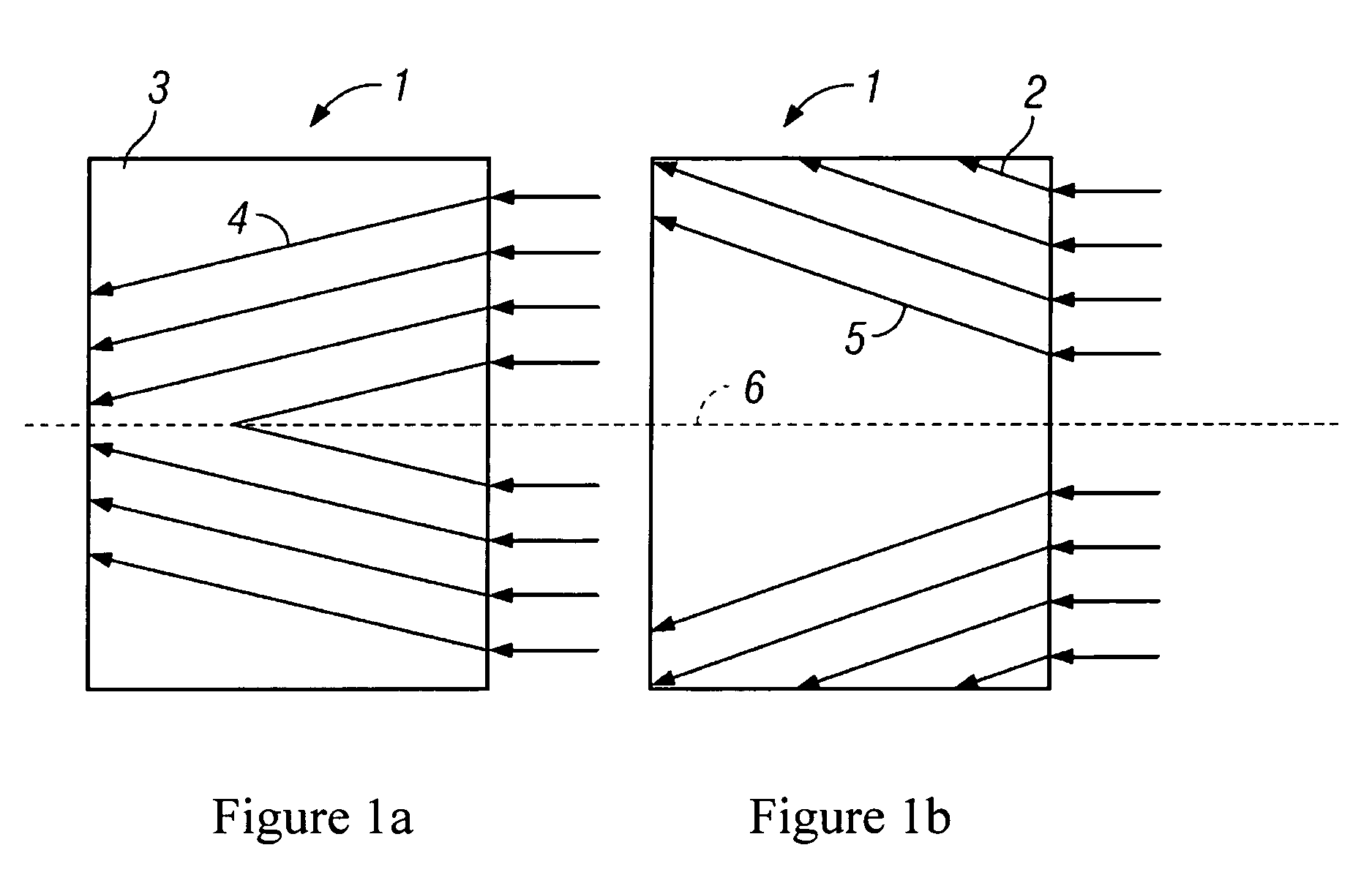Fluid flow control device for an aerofoil
- Summary
- Abstract
- Description
- Claims
- Application Information
AI Technical Summary
Benefits of technology
Problems solved by technology
Method used
Image
Examples
first embodiment
[0059]Referring to FIGS. 2 to 7, the invention provides a fluid flow control device 10 for an aerofoil 11 comprising an aerofoil-tip body 17, coupling apparatus 36, 38 and a passive tip blowing assembly 16.
[0060]The aerofoil-tip body 17 is of aerofoil shape having a low pressure side 32 and a high pressure side 33. The coupling apparatus 36, 38 is adapted to couple one end 35 of the aerofoil-tip body 17 to a distal end 37 of an aerofoil 11.
[0061]The passive tip blowing assembly 16 is provided at the other end of the aerofoil-tip body 17. The assembly 16 comprises a housing 18 defining a fluid chamber 23 and a vane 22 of aerofoil shape provided within the fluid chamber. The fluid chamber 23 extends along part of the chord-length of the aerofoil-tip body 17 and has a fluid inlet 27 at the high pressure side 33 and a fluid outlet 28 at the low pressure side 32. The vane 22 is arranged along the chord of the aerofoil-tip body, within the fluid chamber 23, with its leading edge 22a gener...
third embodiment
[0083]Referring to FIG. 11, the invention provides an aerofoil 40 comprising a body 42 having a leading edge 42a and a trailing edge 42b. A fluid flow control device 17 as described in FIGS. 1 to 7 is provided at the distal end 44 of the aerofoil body 42. The same reference numbers are retained for corresponding features.
fourth embodiment
[0084]the invention provides an aircraft wing 50, as shown in FIG. 12. The aircraft wing 50 comprises a root portion 52 for connection to the body of an aircraft (not shown), a central portion 54 comprising the main span of the wing 50, and a distal end portion 56. The central portion 54 has a leading edge 54a and a trailing edge 54b. A fluid flow control device 17 as described in FIGS. 1 to 7 is provided at the distal end of the distal end portion 56. The same reference numbers are retained for corresponding features.
PUM
 Login to View More
Login to View More Abstract
Description
Claims
Application Information
 Login to View More
Login to View More - R&D
- Intellectual Property
- Life Sciences
- Materials
- Tech Scout
- Unparalleled Data Quality
- Higher Quality Content
- 60% Fewer Hallucinations
Browse by: Latest US Patents, China's latest patents, Technical Efficacy Thesaurus, Application Domain, Technology Topic, Popular Technical Reports.
© 2025 PatSnap. All rights reserved.Legal|Privacy policy|Modern Slavery Act Transparency Statement|Sitemap|About US| Contact US: help@patsnap.com



